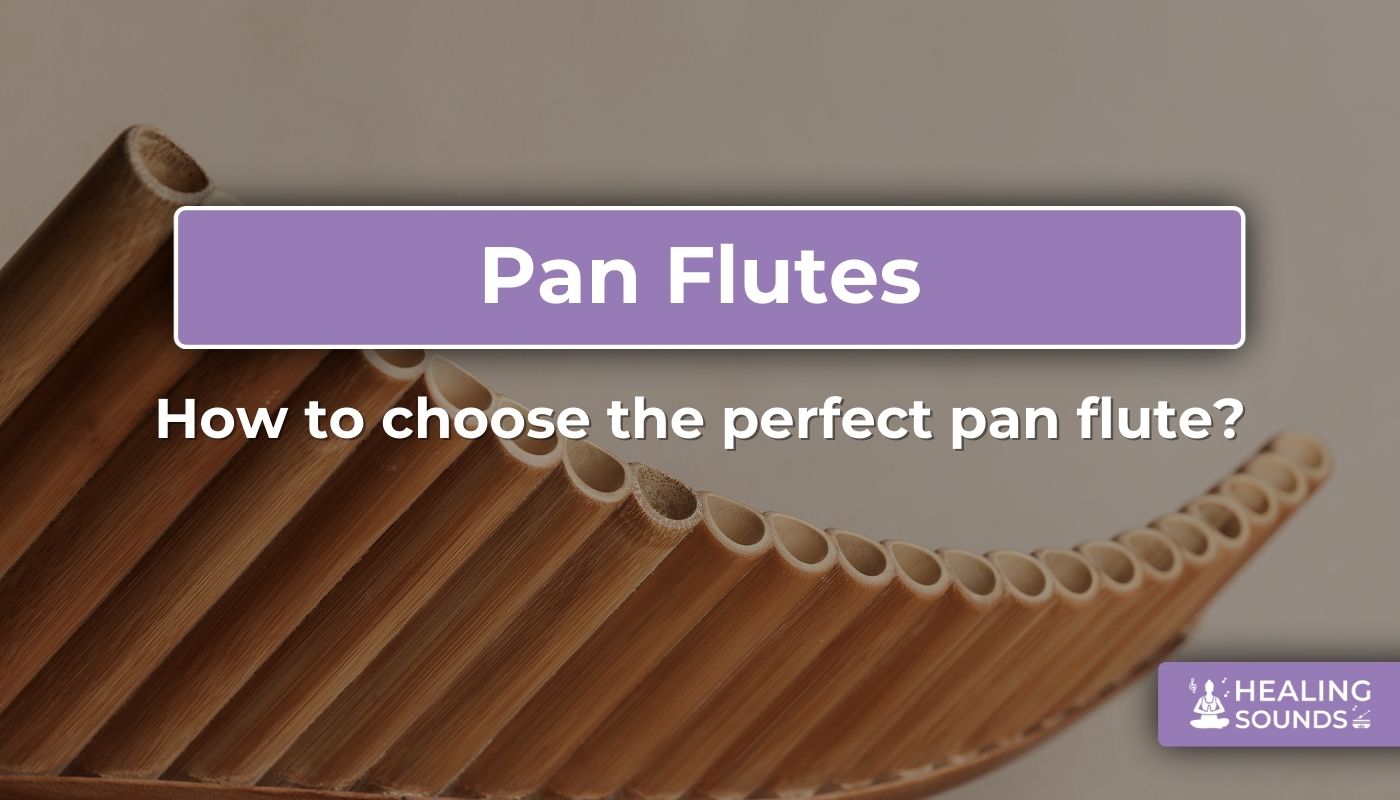If you've ever been captivated by the ethereal sounds of the pan flute, you've experienced the magic of this ancient instrument. The pan flute has a rich history that dates back thousands of years, with its origins scattered across cultures worldwide. Yet, choosing the perfect one can be daunting. This guide will walk you through every aspect, offering insights that will help you make an informed decision, whether you're a seasoned musician or a curious beginner.
Understanding the Basics of the Pan Flute Instrument
To appreciate what makes the pan flute special, it's essential to understand its fundamentals. At its core, the pan flute is a series of fluted tubes arranged in a ladder-like pattern. Each tube produces a distinct note when air is blown across its edge. The length of the tubes determines the pitch—longer tubes produce lower notes, while shorter ones create higher pitches. Modern designs also incorporate adjustable fluted pans, enhancing versatility.
Why does this matter? When choosing a pan flute, understanding these basics can help you identify quality craftsmanship and functionality. Are the tubes evenly spaced? Is the construction sturdy? These factors play a crucial role in the sound quality and playing experience.
Selecting the Right Pan Flute Size
One of the first decisions you'll face is size. Pan flutes come in various sizes, each offering unique tonal characteristics. Smaller flutes, like the soprano pan flute, are lightweight and perfect for travel or beginners. On the other hand, larger instruments, such as tenor or bass pan flutes, produce deeper, richer tones ideal for more complex compositions.
Consider your personal requirements: Do you prioritize portability over depth of sound? Or are you willing to carry a larger instrument for its broader tonal range? Reflect on these questions before making a choice. Remember, the size of your pan flute will significantly impact your playing style and the music you create.
Material Matters in Pan Flutes
The material of your fluted tube pan directly affects its sound and durability. Traditionally, bamboo has been the material of choice due to its natural resonance and aesthetic appeal. However, modern instruments often feature PVC or metal tubes, offering different tonal profiles and increased durability.
- Bamboo: Produces warm, organic tones, but less resistant to weather changes.
- PVC: Provides consistent sound quality and excellent durability, often more budget-friendly.
- Metal: Delivers bright, clear notes with added sturdiness, although heavier.
Which material is right for you? Think about your intended use and environment. If you're looking for an authentic, traditional sound, bamboo might be your best bet. Opt for PVC if you want a reliable option that won't break the bank. For professional performances or long-lasting use, metal could be worth considering.
Choosing the Scale and Range
Another critical factor to consider is the scale and range of your pan pipe flute. Different scales correspond to various musical traditions, with the diatonic scale being the most common for western music. Chromatic scales, however, allow for greater versatility in composing complex melodies.
What are the benefits of a chromatic scale? These flutes enable you to play a wider variety of music genres, making them more versatile for advanced musicians. For beginners, sticking to a diatonic scale might ease the learning curve while still delivering beautiful sounds.
Craftsmanship and Construction Quality
Quality craftsmanship is crucial when selecting a pan flute for sale. Look for instruments where the fluted pans are precisely aligned and securely attached to the base. Poor alignment not only affects the sound but can also lead to leaks, resulting in a loss of volume and clarity.
Additionally, examine the finish of the instrument. A smooth, polished surface ensures comfortable handling and enhances the overall aesthetic appeal. When inspecting potential purchases, don't shy away from asking about the manufacturing process. Reputable brands, like those offered at Healing Sounds, pride themselves on attention to detail.
Tuning Options in Modern Pan Flutes
Modern pan flutes often come with tuning options, allowing you to adjust the pitch of individual tubes. This feature is invaluable for achieving precise intonation, especially when playing alongside other instruments. Look for models with adjustable stops or caps that facilitate fine-tuning. If you plan to perform frequently, having built-in tuning capabilities becomes an essential feature.
Ask yourself: How important is tuning flexibility to your needs? For casual players, fixed-tuned flutes might suffice. Yet, if concert-level performance is your goal, consider investing in a model with advanced tuning options.
Portability and Design Considerations
The design and portability of your chosen fluted pan are significant considerations. Foldable models, for instance, offer great convenience for transport and storage. However, they might compromise slightly on sound quality due to their more compact structure. If you intend to carry your instrument frequently, prioritizing portability could be wise.
For those who value aesthetics as much as function, contemporary designs incorporate artistic embellishments such as carvings or painted decorations. These elements enhance the visual appeal of your pan flute, making it not just a musical tool but also a piece of art.
Cost Considerations and Budget Planning
Cost is inevitably a factor in any purchase decision. Prices for pan flutes vary widely, influenced by material, size, scale, and brand reputation. While higher-priced options often reflect superior craftsmanship, there are high-quality instruments available at more moderate price points.
What are the benefits of investing in a premium pan flute? You're more likely to receive a durable, well-tuned instrument that will provide years of enjoyment. That said, quality doesn't always correlate with cost. Research thoroughly before committing to ensure you get the best value for your budget.
Popular Models and Reviews
Before finalizing your choice, reading reviews of popular models can provide valuable insights. Many brands offer a range of options catering to diverse preferences. Some top-rated models include:
| Model | Material | Scale | Price Range |
|---|---|---|---|
| Traditional Bamboo Pan Flute | Bamboo | Diatonic | $50 - $150 |
| Professional Chromatic PVC Pan Flute | PVC | Chromatic | $200+ |
| Compact Travel Pan Flute | Metal | Diatonic | $75 - $125 |
Remember, reviews highlight both strengths and potential drawbacks. Use this information to weigh your options carefully.
Practicing and Maintaining Your Pan Flute
Once you've chosen the perfect pan flute, proper care ensures its longevity. Regular cleaning prevents the buildup of dirt and moisture inside the tubes, which can affect sound quality. Storing your instrument in a cool, dry place safeguards against temperature fluctuations.
Consistent practice is equally important for mastering your new panflute. Set aside dedicated time daily to familiarize yourself with the nuances of the instrument. Over time, you'll notice improvements in breath control, note accuracy, and overall technique.
Conclusion
Selecting the ideal pan flute requires careful thought and consideration of several key factors, from size and material to scale and budget. By understanding the unique features and benefits each aspect offers, you can make a well-informed decision tailored to your musical aspirations. Whether performing solo or accompanying other instruments, your chosen pan flute will open doors to endless creative possibilities.
We hope this guide has provided the clarity and insight necessary for choosing your perfect pan flute. At Healing Sounds, we pride ourselves on offering high-quality instruments designed to elevate your musical journey.
Frequently Asked Questions
What are the primary types of pan flutes?
There are primarily three types: soprano, tenor, and bass pan flutes. Each type delivers a distinct tonal range suited to different musical styles.
Do pan flutes require regular maintenance?
Yes, regular cleaning and proper storage are crucial to maintaining sound quality and extending the instrument's lifespan.
Is it difficult to learn how to play the pan flute?
While it may seem challenging at first, regular practice enables most individuals to master basic techniques within weeks.
Can I purchase a custom-made pan flute?
Absolutely! Many crafters offer custom options allowing you to specify materials, sizes, and design elements for your unique instrument.
Are there affordable yet good-quality pan flutes available?
Certainly! Brands like Healing Sounds provide reasonably priced pan flutes without compromising on quality, perfect for beginners or casual players.

